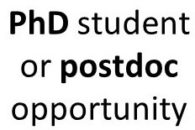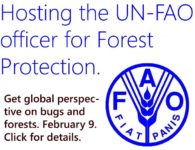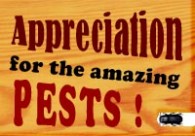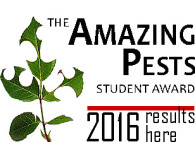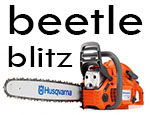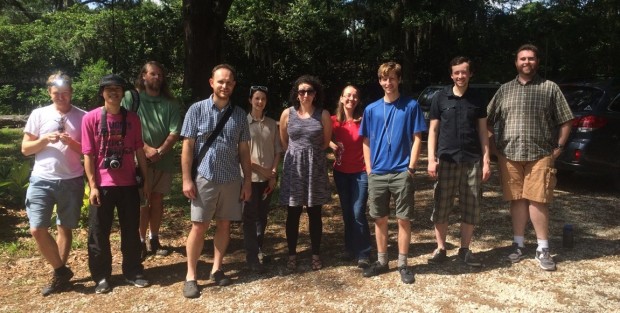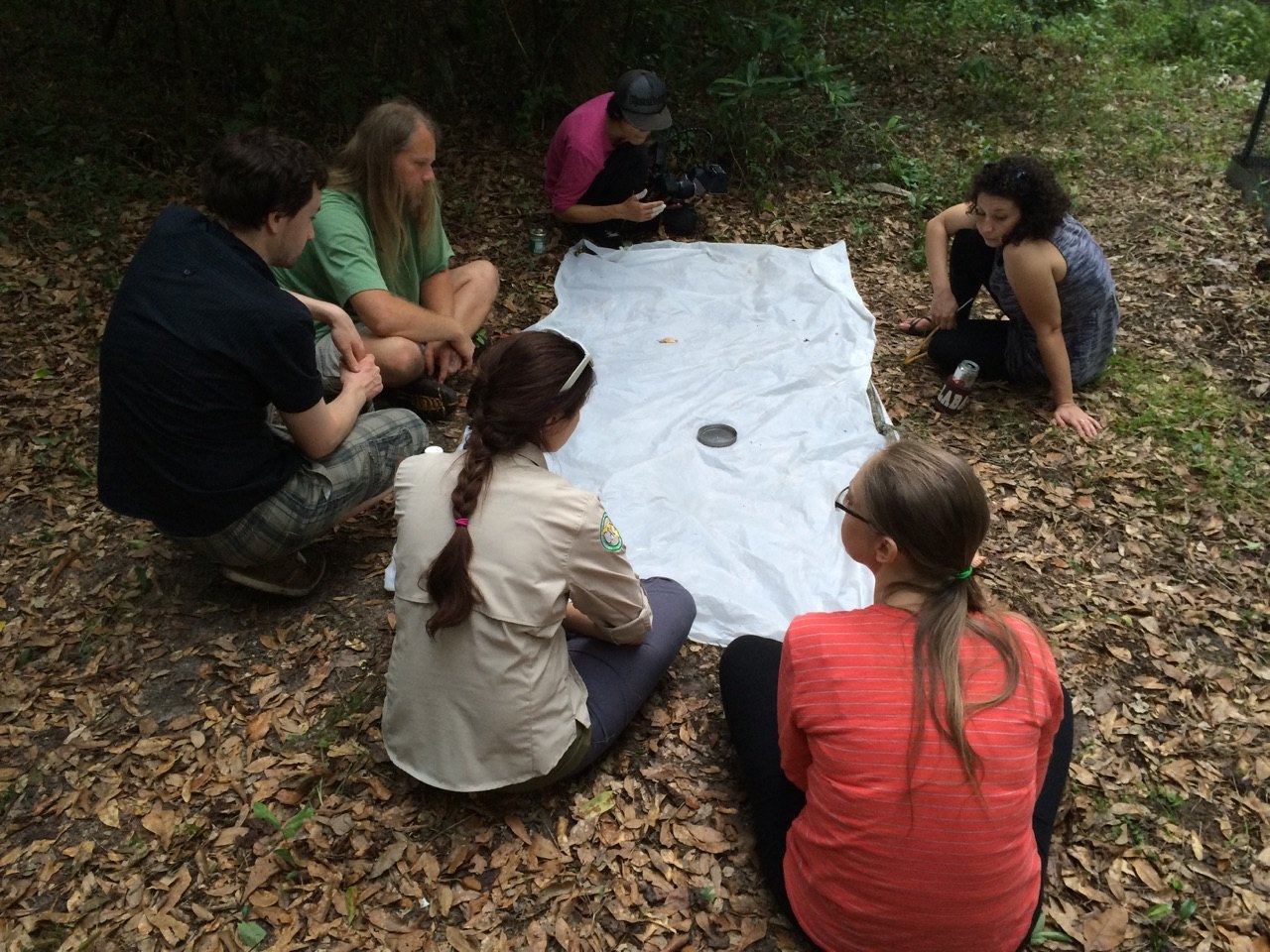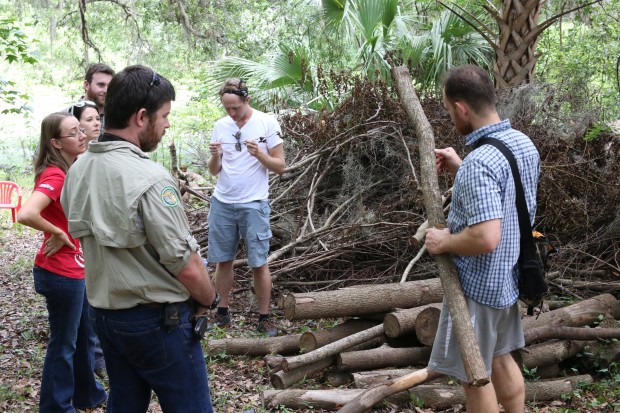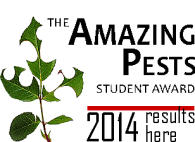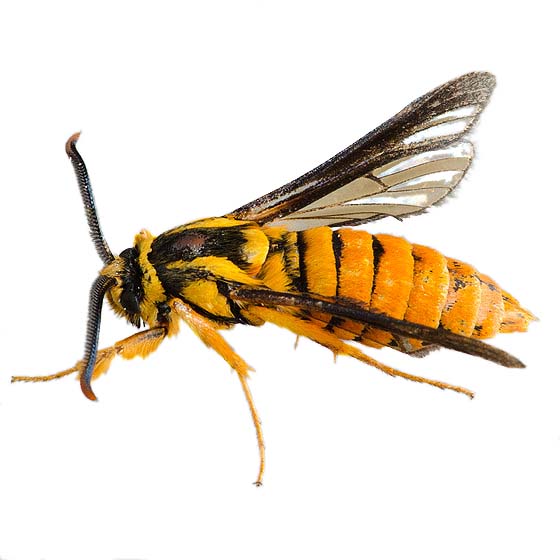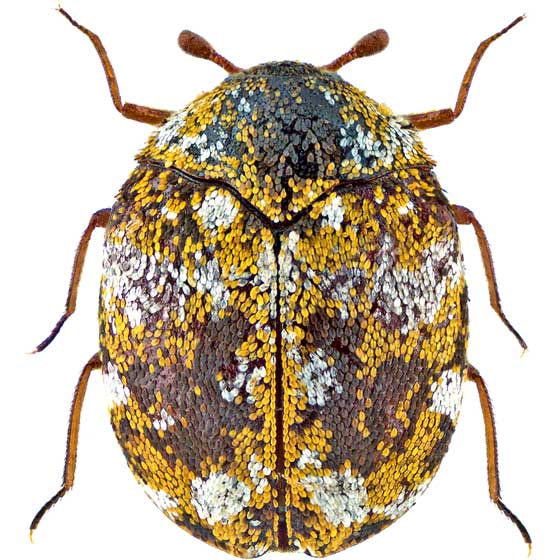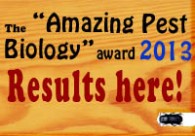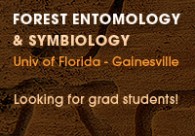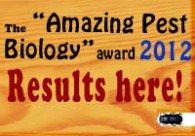
PRE-INVASION ASSESSMENT OF OVERSEAS WOOD BORERS
PDF HERE: Postdoc or a PhD student position
Join the Forest Entomology team (http://www.ambrosiasymbiosis.org/) at the University of Florida on our quest to discover which of the thousands of wood borer species in exotic jungles have the potential to be the next big invader into American forests. Our team includes experts in areas ranging from molecular ecology to integrative taxonomy to biosecurity regulation – are you interested in these topics? We are looking for someone who can train with us, and then master the flow of material from a foreign jungle to a DNA sequencer. Someone who will love analyzing their data, writing innovative manuscripts, and strategically posting on social media.
Do you have these TALENTS?
- Self-sufficiency in the field
- Quantitative thinking
- Scientific writing
- Patience and attention to detail
These SKILLS are not required, but will increases your chances:
- Ecological statistics
- Molecular biosystematics
- Entomology, mycology or phytopathology
- Experience with government agencies
- Computer programming
- Database back-end management
- Documentary techniques, such as video, creative writing, or online science communication
Dates
Applications are due on April 10, 2018. Start: the sooner the better, ideally in the summer or fall of 2018.
Salary
Your salary, health care, and research expenses will be fully covered. For PhD students, tuition is also covered. Rates are competitive and negotiable.
Location
- the main campus of the University of Florida in Gainesville, FL, one of the best college towns in the US
- various field locations in China, Taiwan, Thailand etc.
How to apply
Email 1) your CV, 2) a short statement of interest and 3) a list of your hobbies to hulcr@ufl.edu with subject line “Pre-invasion applicant 2018”.

